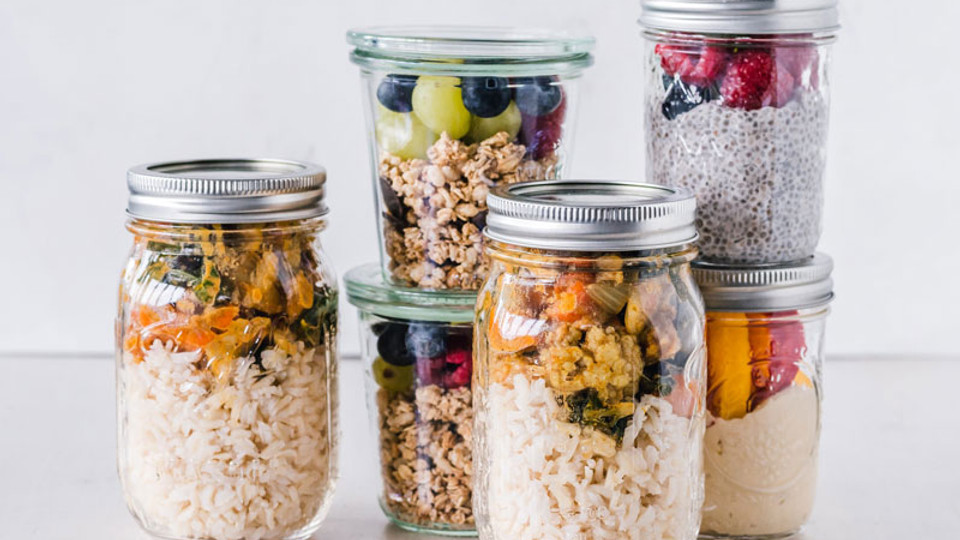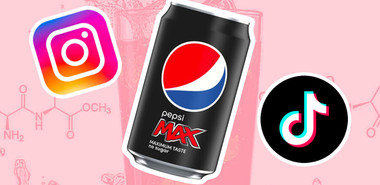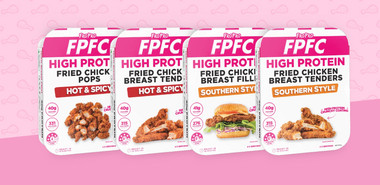
If you’re reading this, there’s a high likelihood that you’re not only interested in meal prep, but in freezing meals you’ve prepared too. This article outlines how to successfully freeze meals so that you can make bigger batches of food on meal prep day, while still retaining freshness and flavour.
People often forget when they’ve made a big batch of food that freezing is even an option. They just see that their food is getting grubbier each day until it can no longer be disguised with strong-flavoured sauces and must be thrown out to avoid food poisoning. This is why meal prepping is often limited to making meals for 3 or 5 days, because once you get past this the freshness is long gone. By freezing some portions, you become free to alternate meals if you get tired of one meal without the guilt, and you can make all of your meals on just one day of the week.
Freezer-Friendly Foods:
- Any kind of red meat, poultry or seafood
- All dairy excluding eggs (which can be frozen too but there’s a bit of a process involved to avoid them turning grainy so it’s easier to simply avoid unless it’s already in a baked good)
- Baked goods
- Uncooked dough or batter
- Rice or pasta
- Nuts, seeds and grains (freezing these is a great idea since they have a high fat content, meaning that they can go rancid faster than low-fat dry foods at room temperature)
- Most produce (see below for produce to avoid freezing)
Non-Freezer-Friendly Foods:
- Anything fried (it will become soggy and mushy, basically the opposite of what fried food should taste like)
- Starchy veg such as regular potatoes or sweet potatoes (they become course and lose much of their flavour)
- Produce with a high-water content such as cucumber, celery, cabbage, leafy greens, tomatoes and watermelon (become very soggy once defrosted)
Which containers should you use to store frozen food?
Although any container marked as freezer-safe can be used, microwave-safe and freezer-safe glass is the best option by far. This is because you can safely freeze and reheat your food without having to worry about BPA or aluminium leaching into your food as you would with plastic or foil-based packaging.
Unfortunately, when plastic containers are marked as BPA free, what they neglect to tell you is that they simply replace BPA with a very similar substitute, normally BPS or BPF. These substitutes have been found to be just as disruptive to the endocrine system as BPA, and they are still being tested for ill-effects, so it is best avoiding all plastic for storage and reheating altogether (Moon, 2019).
If this isn’t possible for you due to cost, the best course of action is to freeze your food in plastic containers. Once it’s time to enjoy your meal, simply empty it out onto a plate to reheat in the microwave, or into a pan to reheat in the stove or oven.
For snacks such as homemade protein bars, wrapping them in aluminium foil is a better choice than glad wrap for the same reason as above. Aluminium is leached into food primarily during the cooking process, but also into highly acidic foods such as tomatoes, so your protein bars will be safe.
To summarise container use:
- Glass containers for meals
- Aluminium foil for dry snacks that don’t need to be reheated




